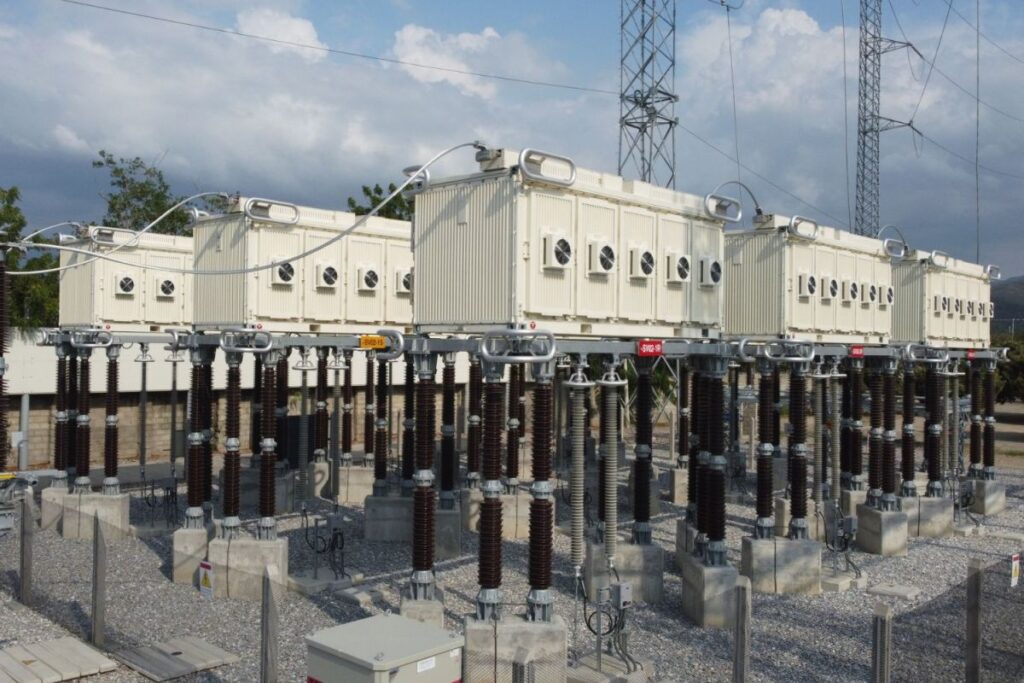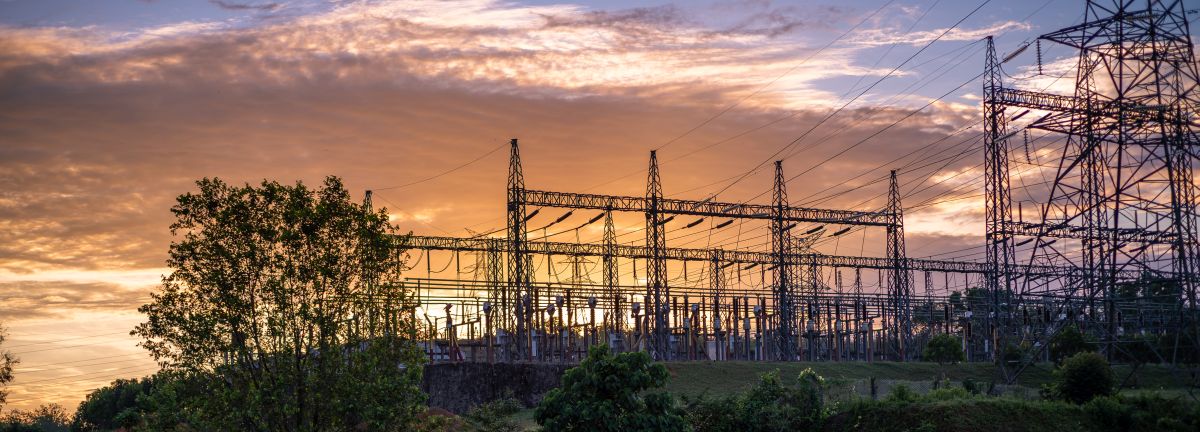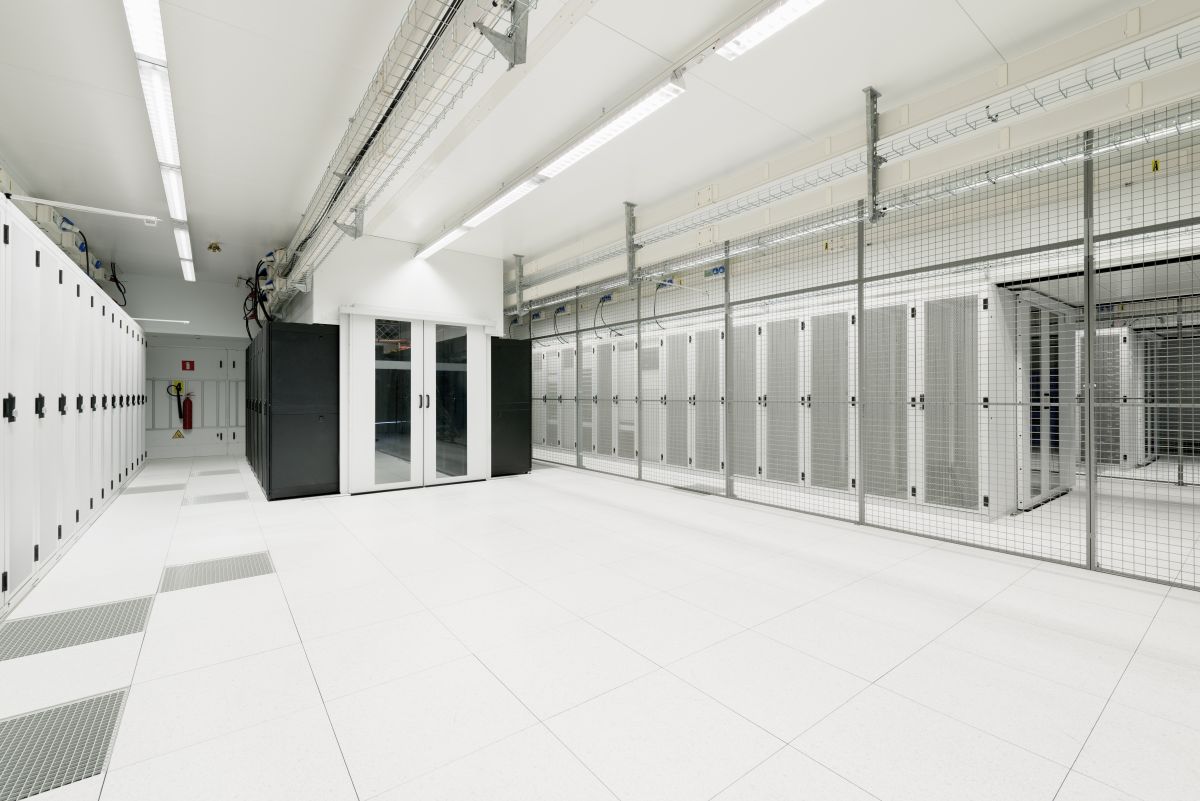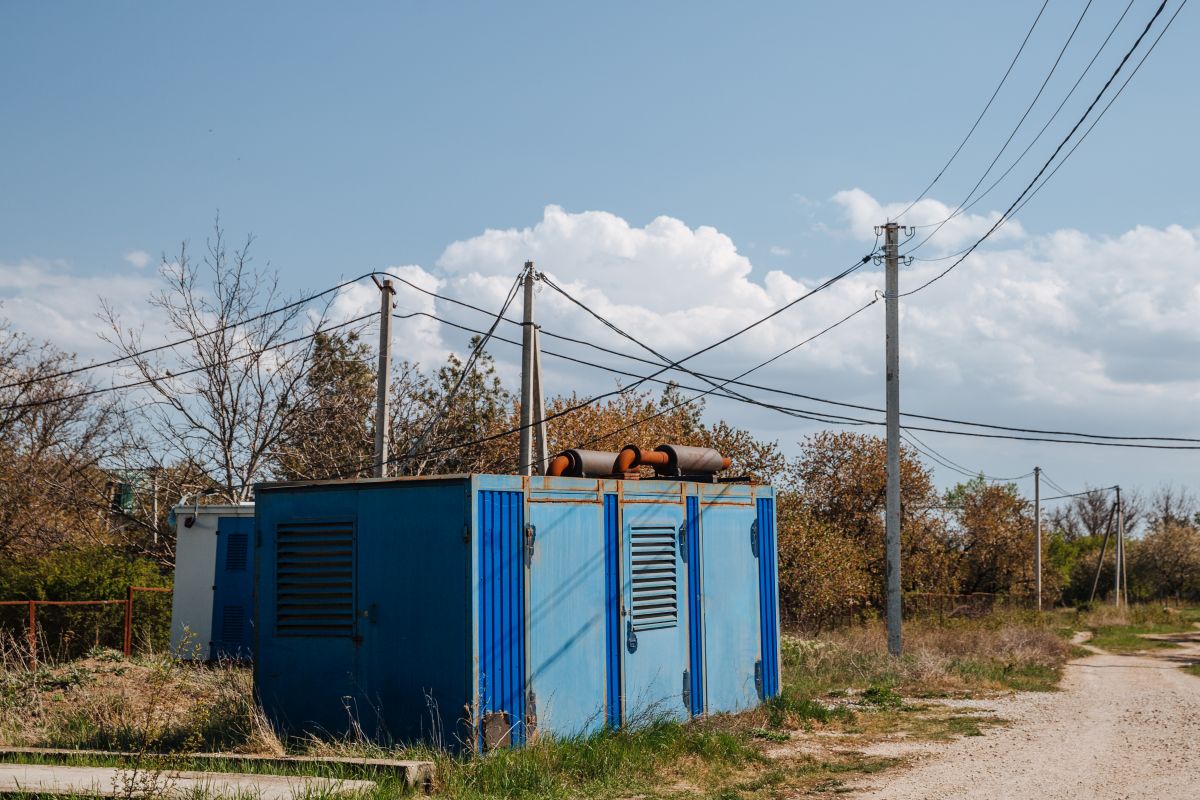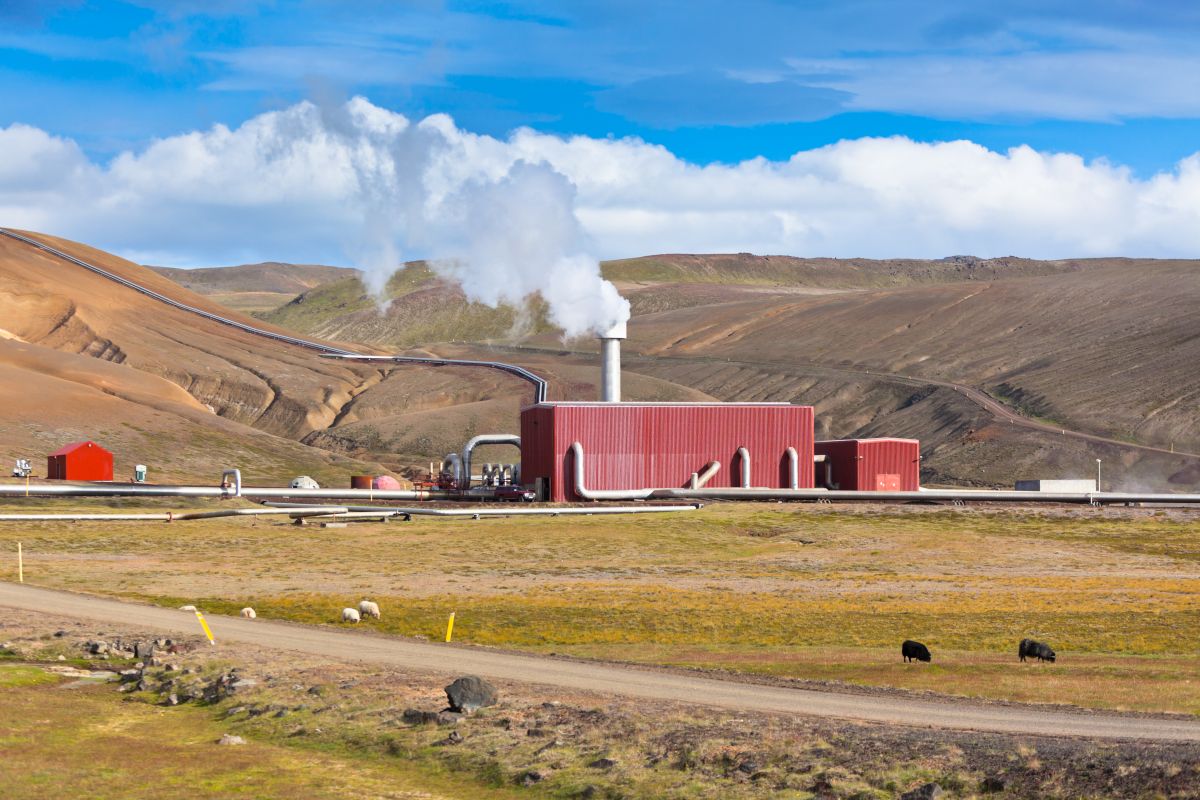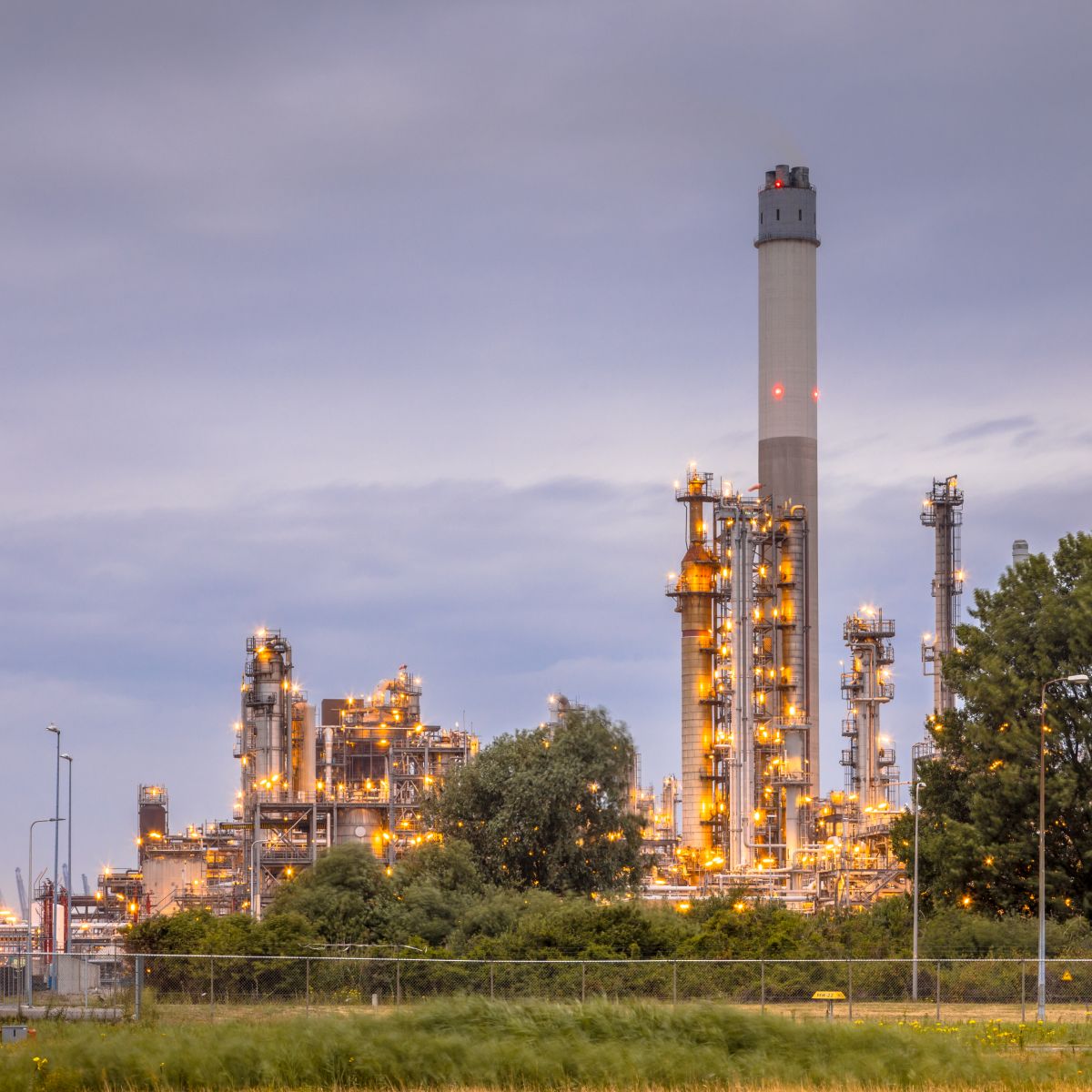WWW.RENEWABLEENERGYWORLD.COM
California utility Pacific Gas and Electric Company (PG&E) and North Carolina-based grid-enhancing technology services provider Smart Wires today announced a new project to enhance grid reliability and meet energy commitments for data centers connecting in San Jose. By deploying its cutting-edge advanced power flow control (APFC) technology, Smart Wires will help PG&E mitigate thermal overloads, redirect power flow, and increase available capacity at its Los Esteros electric substation.
The project will boost capacity by more than 100 megawatts (MW) at the substation, which is located adjacent to new data centers under development in the Alviso community of San Jose. The installation of Smart Wires’ SmartValve APFC devices is expected for completion in late 2025 and will reinforce critical infrastructure to keep these data centers operating.
“As the demand for data centers skyrockets, ensuring a reliable and efficient grid is more important than ever,” said Joanna Lohkamp, CEO of Smart Wires. “Our work with PG&E demonstrates the significant impact of our SmartValve technology, dynamically redirecting power from overloaded to underutilized lines. This approach addresses current capacity constraints and optimizes existing infrastructure for the massive energy needs of data centers while also offering a scalable solution for future grid enhancements.”
The California Independent System Operator (CAISO) projects a load increase of up to 500 MW in the San Jose area due to data center growth, and PG&E’s predicition for how much capacity it will need to support them keeps growing. While a new transmission line is planned for 2032, a near-term solution was needed to ensure reliable power delivery starting in 2025. After evaluating multiple options-including reconductoring and energy storage, both of which proved too costly and slow-CAISO identified APFC as the most effective, reliable, and timely approach. SmartValve devices deliver fast, high-impact upgrades that mitigate thermal overloads by up to 34%, enabling an additional 100 MW of firm power delivery over the existing lines.
“Working with Smart Wires allows PG&E to efficiently address projected capacity needs while maintaining high reliability for our customers,” said Chad Dupuis, principal electrical engineer, PG&E. “This collaboration highlights our commitment to deploying innovative technologies that enhance our grid’s flexibility, security, and resilience.”
SmartValve provides a fast and cost-effective path to meet increasing electricity demand and allows utilities to dynamically manage capacity and load. This technology can be rapidly deployed, adjusted, or relocated to accommodate shifting energy needs and the integration of new power generation sources. Additionally, SmartValve’s modular and relocatable design allows for future expansion or reconfiguration to accommodate evolving grid needs. Once the new transmission line comes online in 2032, SmartValve will continue to enhance its benefits by dynamically balancing power flows across the network.
PG&E is the host utility of the DTECH Data Centers & AI event, running May 27-29, 2025, in San Jose, California. In Tuesday’s keynote, PG&E’s Mike Medeiros discussed load growth, reliability, and equitable data center expansion in his opening remarks. According to the utility, data center growth will actually save ratepayers money in the long run, since it makes more out of existing infrastructure. PG&E estimates that for every 1,000 megawatts (MW) of new electric demand from data centers it serves, its electric customers may save between 1% and 2% on their monthly bills in the long term.
Of the 8.7 GW of data center capacity PG&E now believes it needs over the next decade, the utility is working on 18 new data center projects totaling approximately 1.4 GW that are in the final engineering phase (the last step before project construction begins) and projected to begin operations between 2026 and 2030. Most are in Silicon Valley and the greater San Francisco Bay Area; others are in the Central Valley and Sacramento.


